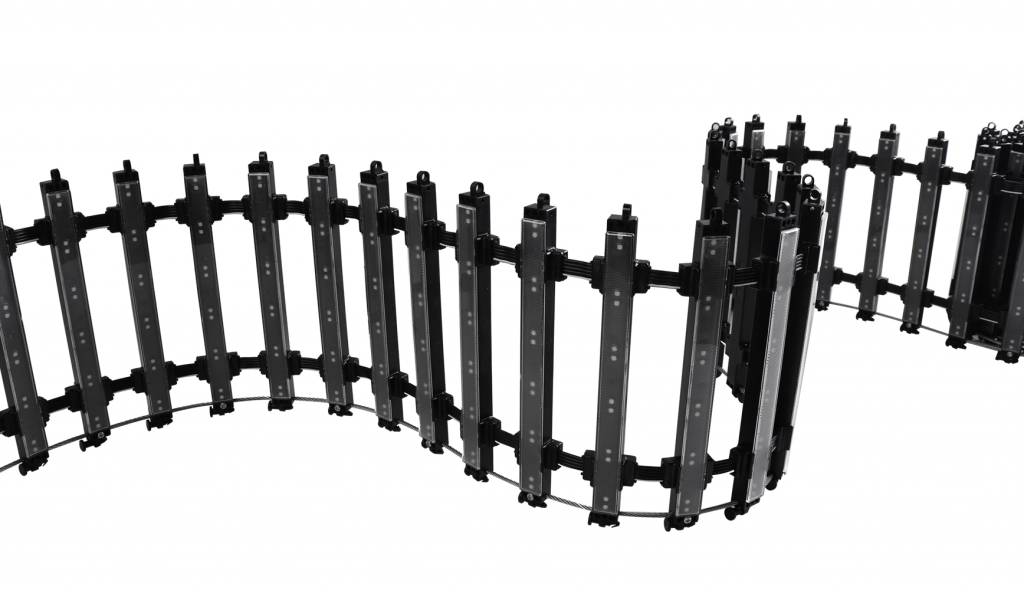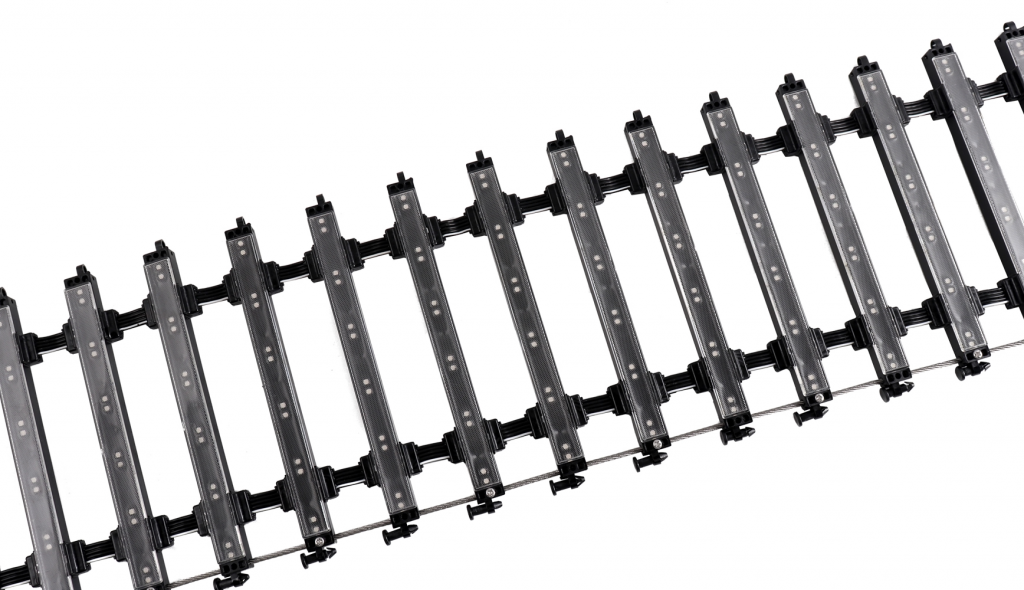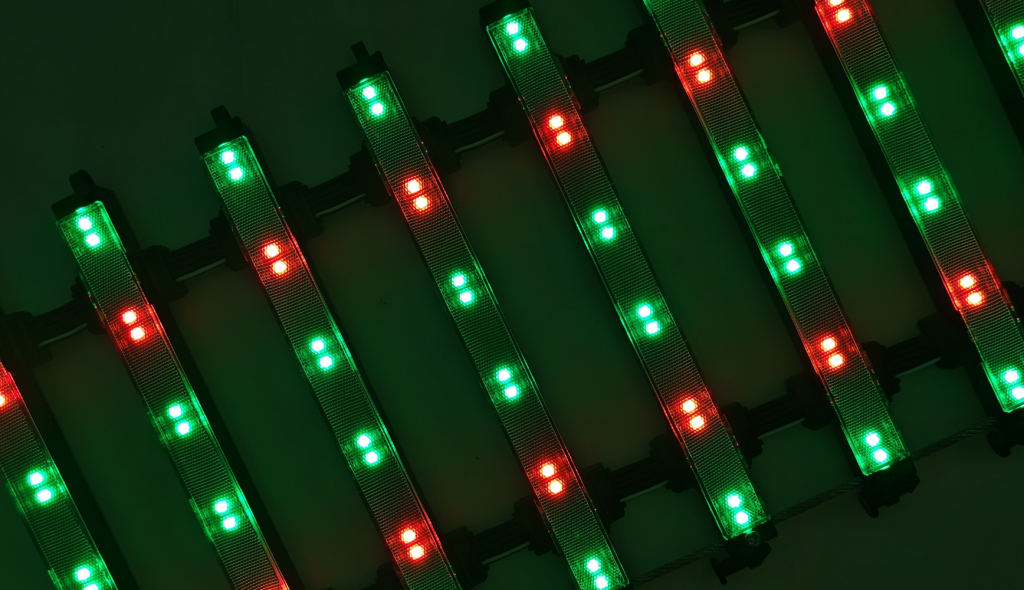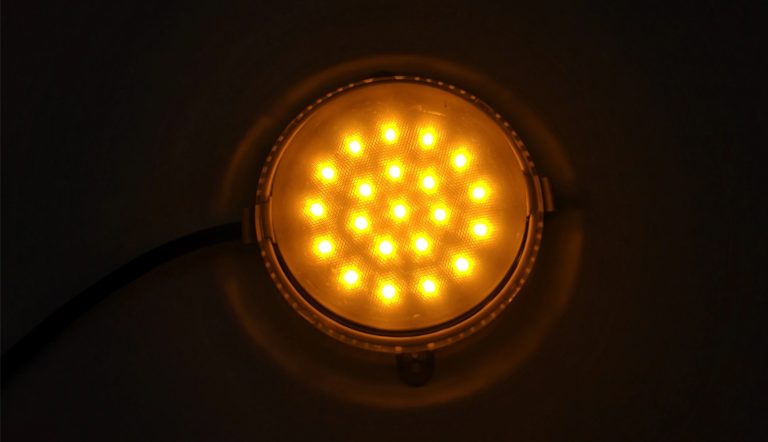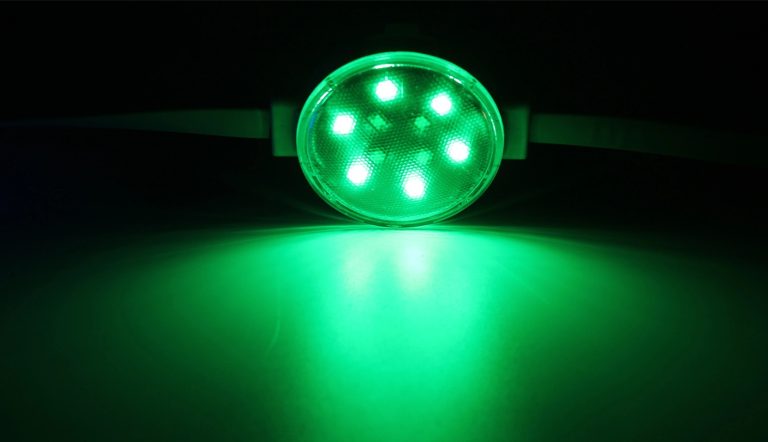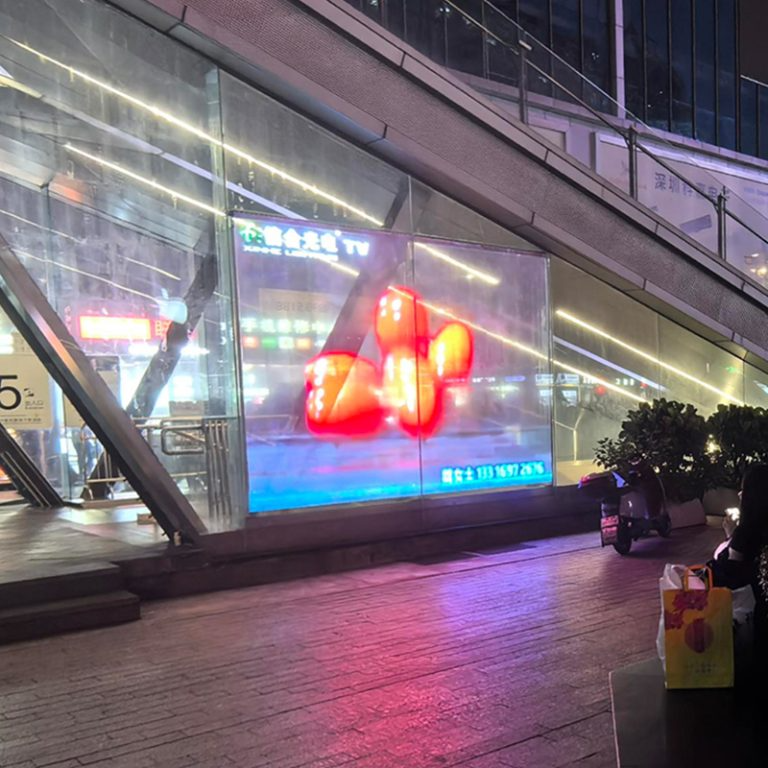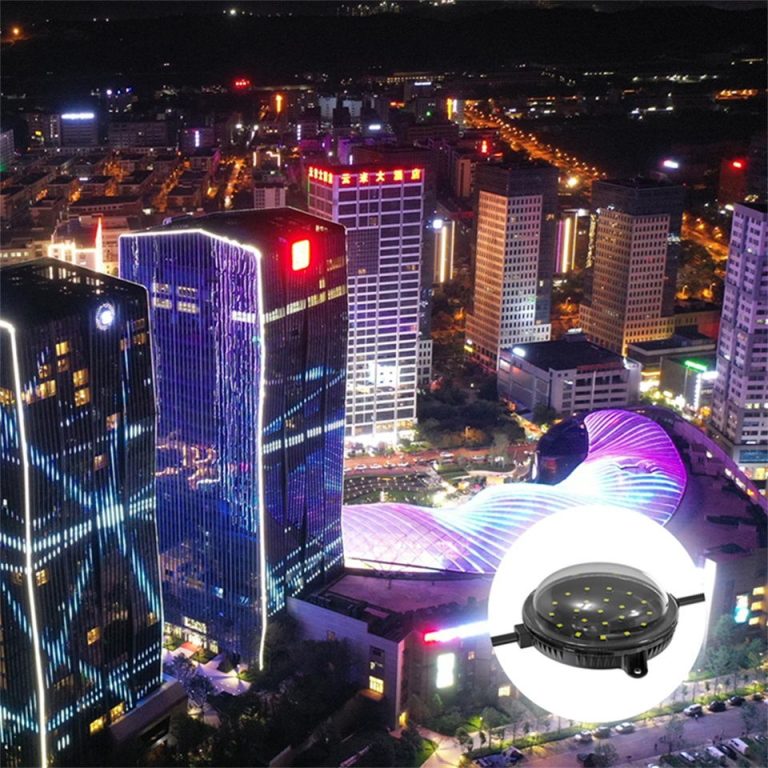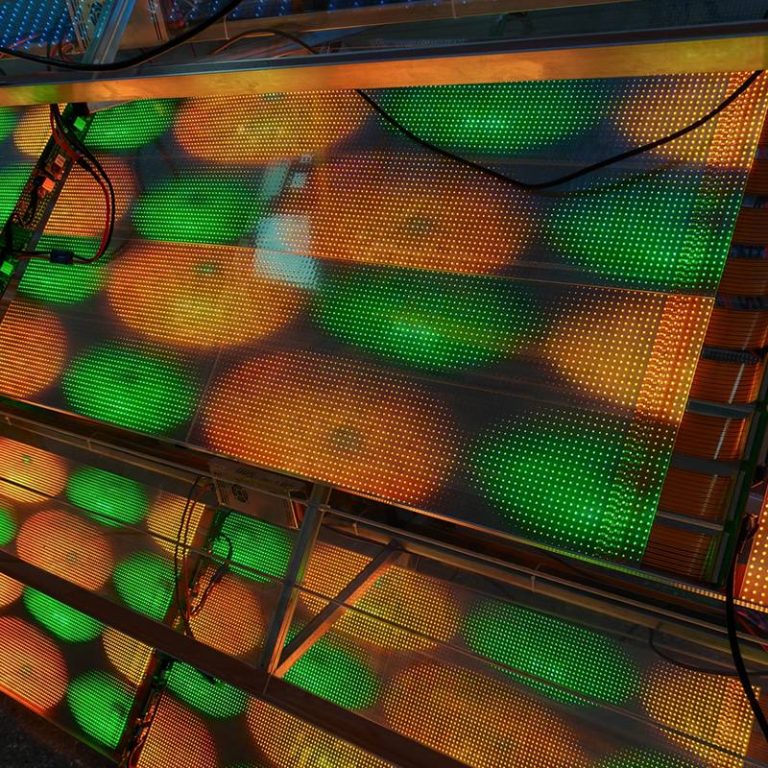Outdoor lighting looks simple on the surface—turn it on, light comes out, job done. But anyone who has dealt with real projects knows it’s never that straightforward. Rain, dust, heat, cold snaps, and year-round exposure all become long-term stress tests for outdoor fixtures. That’s why waterproof ratings, or more specifically IP ratings, matter so much when choosing single point LED outdoor lights.
If you’re a lighting buyer, contractor, or facility manager, you’ve probably been asked questions like:
“Is IP65 enough for this area?”
“Do we need IP67 if the project is near water?”
“What happens if dust gets inside the housing?”
This article breaks down what IP ratings actually mean, how they apply to single point LED outdoor lights, and what level you should choose depending on your installation environment.
What IP Ratings Really Measure
The term “IP” stands for Ingress Protection. It’s a globally recognized system that describes how well a fixture protects itself from solids (like dust) and liquids (like rain).
The rating is always written as IPXX:
- First digit → protection against solids
- Second digit → protection against water
Here’s the quick version:
| IP Digit | What It Means | Example Condition |
|---|---|---|
| 5 | Protected against dust (not fully dust-proof, but close) | Windy outdoor paths, garden dust |
| 6 | Fully dust-tight | Construction dust, heavy air pollution |
| 5 | Protected from water jets | Rain, outdoor washing |
| 6 | Stronger water jets | Direct spraying |
| 7 | Temporary immersion (30 minutes, shallow depth) | Near pools, occasional flooding |
| 8 | Long-term immersion | Specialty underwater lighting |
A single point LED used outdoors typically requires protection on both fronts.
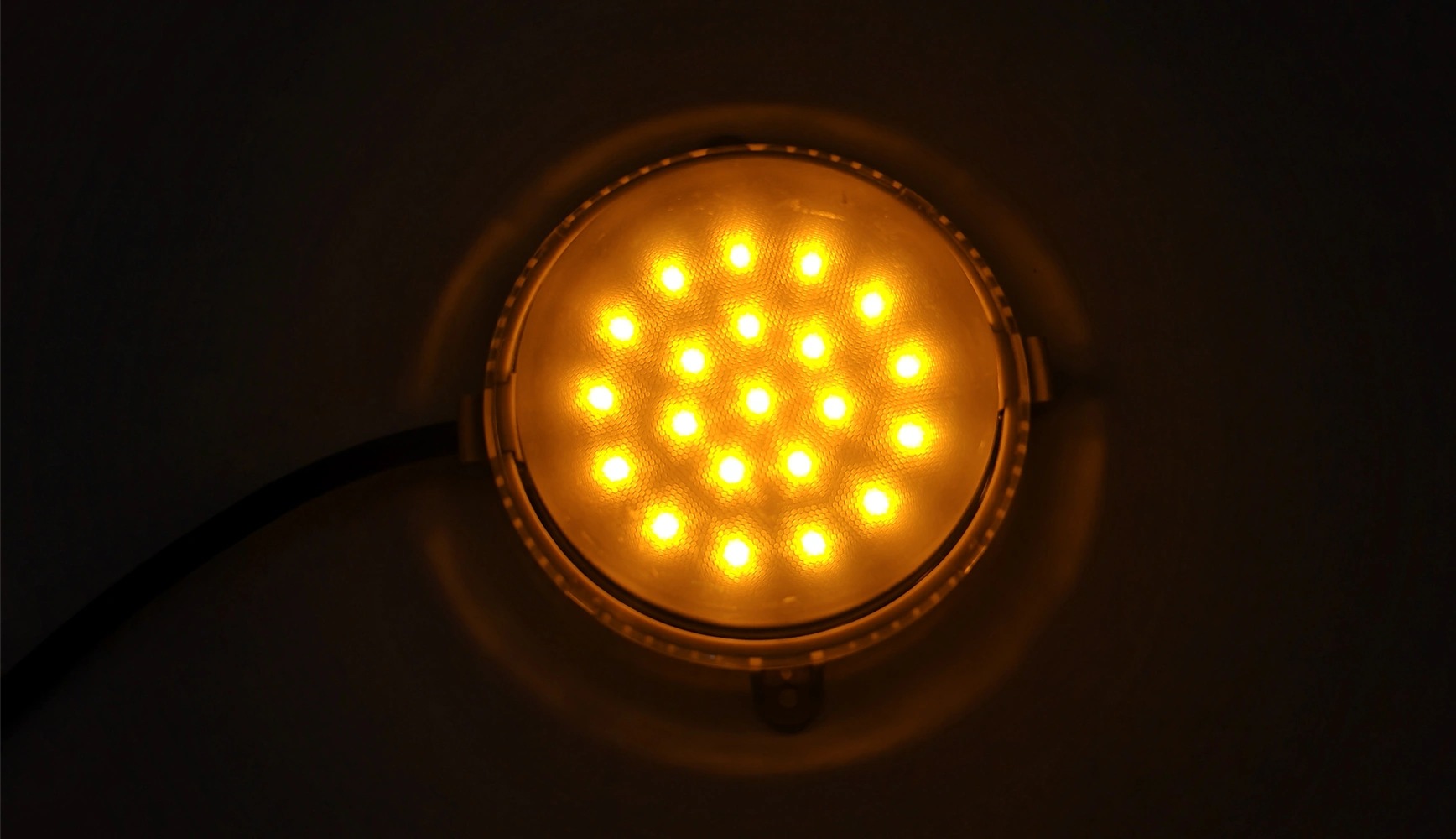
How IP Ratings Affect Single Point LED Outdoor Lights
Single point LED lights are popular because they deliver tight beam control and a clean visual effect. But the compact design also means the internal LED chip, lens, and driver sit closer together. If moisture or dust sneaks inside, it can cause:
- Dimming or flickering
- Corrosion on the internal board
- Lens fogging
- Shortened LED lifespan
- Electrical failure
Outdoor fixtures don’t get second chances. Once water enters the housing and stays there, the damage usually becomes permanent.
That’s why choosing the right waterproof rating isn’t just a detail—it’s a long-term cost decision.
Common IP Levels Used for Outdoor Single Point LED Lights
Different outdoor areas call for different waterproof ratings. Below are the most common ones and where they’re typically used.
IP54 — Minimal Outdoor Use (Not Recommended for Long-Term Exposure)
This rating protects against:
- Limited dust
- Light splashes
Best for:
Covered porches, fully sheltered areas, temporary installations.
Not ideal for:
Open patios, walkways, facades, anywhere rain directly hits the fixture.
Most outdoor designers skip IP54 for permanent projects.
IP65 — The Most Common “All-Around” Outdoor Rating
This rating means:
- Dust-tight
- Protected against water jets
In plain terms, IP65 handles most outdoor conditions:
- Heavy rain
- Stormy nights
- High humidity
- Wind-driven dust
This is often the sweet spot for single point LED outdoor lights in:
- Patios
- Walkways
- Building facades
- Stair lighting
- Landscape accents
Full immersion is not part of IP65 protection, but regular outdoor weather is.
IP66 — A Stronger Option for Harsh Environments
IP66 protects against more intense, direct water jets. If your installation faces rough conditions—like beachfront areas or exposed rooftops—IP66 gives you extra confidence.
Common use cases:
- Coastal properties
- Outdoor walls facing heavy wind and rain
- Commercial buildings with power-washing routines
IP67 — Needed for Temporary Submersion or Water-Adjacent Projects
IP67 adds one key ability:
Protection from temporary immersion (usually up to 1 meter, 30 minutes)
This is often required when fixtures are installed:
- Close to fountains
- Near reflective pools
- Beside landscape water features
- In low-lying garden areas that sometimes flood
For single point LED lighting used as an accent near water, IP67 offers peace of mind.
IP68 — Specialty or Underwater Conditions
IP68 indicates long-term immersion protection.
It is typically used for:
- Underwater pond lighting
- Pool lights
- Submerged landscape elements
Most single point LED outdoor lights don’t need IP68 unless the project specifically involves water submersion.
Which IP Rating Do Different Outdoor Spaces Really Need?
Below is a quick practical reference chart:
| Outdoor Area | Recommended IP Level | Why It Works |
|---|---|---|
| Patio seating | IP65 | Handles rain, humidity, dust |
| Walkways & paths | IP65 or IP66 | Frequent rain exposure |
| Building facades | IP65 | Vertical surfaces see water runoff |
| Stairways | IP65 | Direct rain exposure + safety importance |
| Garden accent lighting | IP65–IP67 | Depends on proximity to soil moisture |
| Water features | IP67 | Occasional splash or shallow immersion |
| Underwater areas | IP68 | Full submersion required |
For most general outdoor applications, IP65 is the standard.
IP66 and IP67 are used when conditions get tougher.

Signs You Chose the Wrong IP Rating
If a single point LED fails early, the symptoms often show up gradually. Here are warning signs installers report in the field:
- Fogging inside the lens
- Small droplets under the glass
- Intermittent flickering after rainfall
- Rust forming around screws or brackets
- Color shifting (water affecting LED chip temperature)
Once moisture gets inside the housing, especially if the fixture runs hot, the problem usually spreads.
Why High-Quality Build Matters as Much as the IP Rating
Two fixtures can both be labeled IP65, yet behave very differently outdoors. The “IP65” stamp only tells you the protection level, not the build quality.
Important design details include:
- The thickness and uniformity of the housing
- Sealing materials around the lens
- Positioning of cable entries
- Quality of gasketing
- Waterproofing on the internal driver
A well-engineered single point LED will pass IP tests because the construction quality supports it—not because the label claims it.
Introducing Shenzhen XinHe Lighting Optoelectronics Co., Ltd.
Shenzhen XinHe Lighting Optoelectronics Co., Ltd., featured on LEDPOINTLIGHT.COM, has built its product lineup with outdoor reliability in mind. The company specializes in:
- Single point LED lights
- Architectural lighting
- Modular LED components
- ODM & OEM lighting development
What makes their outdoor fixtures notable is the attention to structure and waterproofing. Their engineering team focuses on:
- Lens sealing
- Thermal management
- Outdoor-grade aluminum housings
- Stable LED chips
- Repeatable waterproof testing
For buyers handling resort lighting, public walkways, façade projects, or landscaping jobs, this kind of consistency is valuable. You’re not just buying a waterproof rating—you’re buying a fixture that holds that rating across seasons of real-world exposure.
خاتمة
Choosing the right waterproof rating for single point LED outdoor lights doesn’t need to feel confusing. The key is matching the IP level with the environment:
- IP65 works for most outdoor applications.
- IP66 helps in severe weather.
- IP67 is best near water features or flood-prone spots.
- IP68 is reserved for underwater installs.
And remember: the rating itself matters, but the quality of the manufacturer matters just as much. Companies like Shenzhen XinHe Lighting Optoelectronics Co., Ltd. design fixtures built to survive the real outdoors, not just pass lab tests.
Making the right IP choice protects your investment, reduces maintenance headaches, and keeps your outdoor spaces bright night after night.
FAQs
What waterproof rating is best for single point LED outdoor lights?
For most areas, IP65 is ideal. It protects single point LED outdoor lights from rain, dust, and day-to-day outdoor exposure.
Do walkways and garden paths need IP67-rated fixtures?
Not always. IP65 is usually enough, but if the path is close to sprinklers or low spots where water collects, IP67 is the safer choice.
Can single point LED outdoor lights be used near pools or fountains?
Yes—choose IP67 for areas with splash zones or temporary immersion risk.
What happens if I install a lower-IP fixture outdoors?
Common issues include water seepage, flicker, corrosion, and shortened LED life. In most cases, the fixture will fail early.
Are IP ratings the only thing that matters for waterproofing?
No. Build quality, gasketing, cable sealing, and housing materials are equally important. A true outdoor-ready light combines both a strong rating and solid construction.

